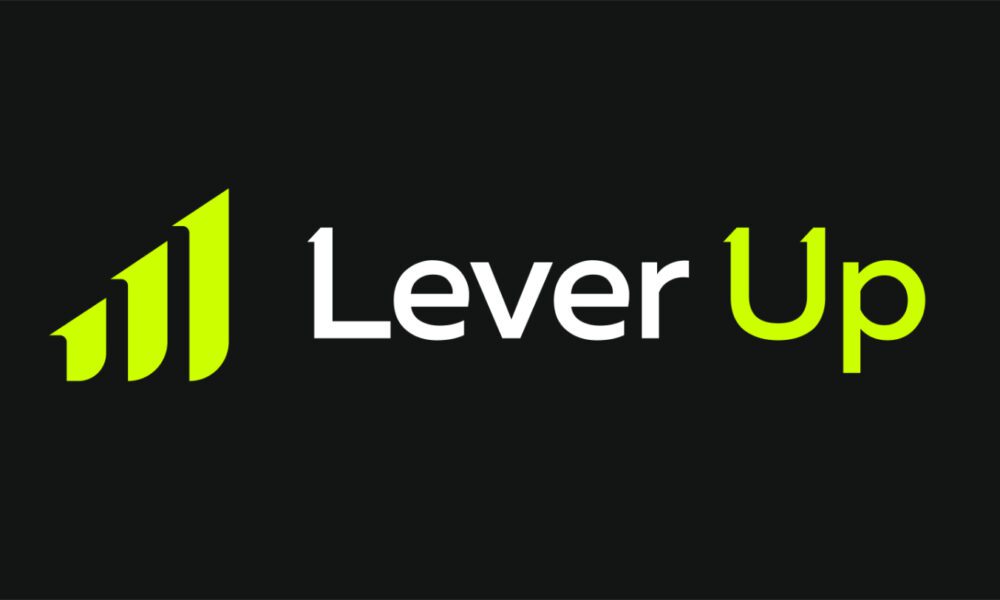Technology is fundamentally reshaping how homes are designed, built, and experienced across the United Kingdom. From automated construction processes to intelligent living systems, digital innovation is addressing longstanding challenges in housing delivery, sustainability, and quality of life. This technological evolution is not just incremental improvement but a wholesale transformation of the residential sector.
Tech-driven Construction Methods and Materials
Digital manufacturing, robotics, and off-site modular construction are revolutionising British housebuilding. AI-powered robots in timber-frame homes can cut build time by approximately 10 weeks, really accelerating delivery whilst improving precision and reducing waste. Prefabricated modules arrive on-site with factory-installed components, including white internal doors, electrical systems, and plumbing, allowing for faster fit-out and consistent quality control. This standardisation lowers on-site labour requirements and minimises weather-related delays, addressing the UK’s chronic housing shortage more efficiently than traditional building methods.
Smart-home Systems, Sensors and IoT in Residential Design
Contemporary homes continue to incorporate connected systems as standard instead of luxury additions. Smart thermostats, automated lighting, security cameras, and environmental sensors meet rising tenant expectations whilst supporting operational efficiency for landlords and housing associations. These systems provide real-time data on property conditions, enabling predictive maintenance and energy optimisation. The integration of Internet of Things technology allows residents to control their environment remotely, whilst property managers gain insights into building performance and potential issues before they escalate into costly repairs.
Data Analytics, Digital Platforms and Tenant-centric Services
Housing providers are leveraging CRM systems and analytics platforms to change property management. Digital tools allow housing associations and developers to optimise maintenance schedules, increase tenant engagement, and improve asset performance across their portfolios. Industry analysis identifies data-driven maintenance and digital platforms as key trends reshaping the UK housing sector, with particular emphasis on lifecycle cost reduction and responsive service delivery. These platforms centralise communication, automate routine processes, and provide transparency that strengthens landlord-tenant relationships.
Sustainability, Energy-Efficiency and Regulation-Driven Tech Adoption
Regulatory pressure towards net-zero emissions is accelerating technology adoption in residential design and construction. Heat pumps, solar panels, advanced insulation systems, and energy monitoring equipment are becoming essential and no longer just optional. Recent debate around mandatory solar panel requirements for new builds highlights the tension between ambitious sustainability targets and practical delivery constraints, yet the direction of travel remains clear, and technology will play an indispensable role in meeting climate commitments.
Changing Living Patterns, Flexible Design and Prop-tech Integration
Evolving demographics and remote working arrangements are influencing housing design priorities. Flexible rooms that adapt to multiple purposes, integrated technology infrastructure, and modular layouts accommodate changing household needs over time. Co-living arrangements and smart-living patterns drive demand for homes with built-in connectivity and adaptable spaces. Contemporary UK architecture emphasises versatility, recognising that housing must respond to unpredictable lifestyle changes instead of assuming static occupancy patterns throughout a building’s lifespan.
As technology continues to advance, its integration into housing design will only deepen, creating homes that are more efficient and sustainable and more responsive to the diverse needs of modern residents.





























